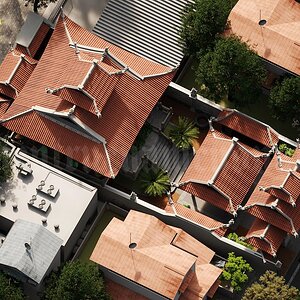Vautrin
No longer a newbie, moving up!
- Joined
- Jun 26, 2008
- Messages
- 927
- Reaction score
- 58
- Location
- It changes
- Website
- www.withoutamapphotography.com
- Can others edit my Photos
- Photos OK to edit
Hi,
So for maybe five months or so I've been taking pictures with my Olympus EVOLT 510.
And I love it, and I've slowly been trying to experiment to figure out new things to do. You know, all the cool effects. Big panorama postcard? Bought autopano to see if I could make one. Crazy HDR landscapes? Some time with photomatix was well spent.
The newest thing I am trying to see is if I can take a picture with a subject that is very crisp in the foreground, with a blurry background. Or make sure that if I take a picture of a landscape with houses and such that everything is crisp throughout the picture.
I did some research and wikipedia has a great shot of how you can use the aperature, and shows the difference between f 5.6 and f 32 and it's striking.
But the lenses that came with my evolt are f3.5-f5.6 which is a very small range.
And the difference between those (what is that, 2 stops??) doesn't really seem noticeable.
Would I be right in suspecting I just have a cheap lens and would need to shell out big bucks for something that could go from f2 to f32?
When I look up the "professional" grade olympus lenses they only appear to be for f2, is that right? I assume that's because most people want "fast" lenses?
Am I even right that my landscape photos (panos and such) would clear up if I used a higher number f stop? I figured iso 100 f32 long shutter speed would make some really incredible panos, is that right?
Thanks,
Dan
So for maybe five months or so I've been taking pictures with my Olympus EVOLT 510.
And I love it, and I've slowly been trying to experiment to figure out new things to do. You know, all the cool effects. Big panorama postcard? Bought autopano to see if I could make one. Crazy HDR landscapes? Some time with photomatix was well spent.
The newest thing I am trying to see is if I can take a picture with a subject that is very crisp in the foreground, with a blurry background. Or make sure that if I take a picture of a landscape with houses and such that everything is crisp throughout the picture.
I did some research and wikipedia has a great shot of how you can use the aperature, and shows the difference between f 5.6 and f 32 and it's striking.
But the lenses that came with my evolt are f3.5-f5.6 which is a very small range.
And the difference between those (what is that, 2 stops??) doesn't really seem noticeable.
Would I be right in suspecting I just have a cheap lens and would need to shell out big bucks for something that could go from f2 to f32?
When I look up the "professional" grade olympus lenses they only appear to be for f2, is that right? I assume that's because most people want "fast" lenses?
Am I even right that my landscape photos (panos and such) would clear up if I used a higher number f stop? I figured iso 100 f32 long shutter speed would make some really incredible panos, is that right?
Thanks,
Dan


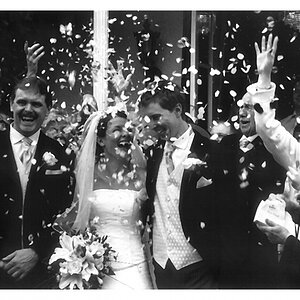


![[No title]](/data/xfmg/thumbnail/38/38750-dbafc867a1461ce200c2405640d537ec.jpg?1619738704)
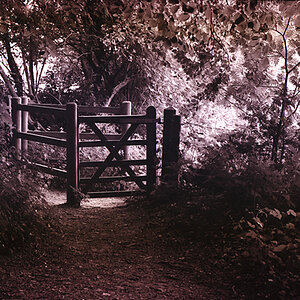
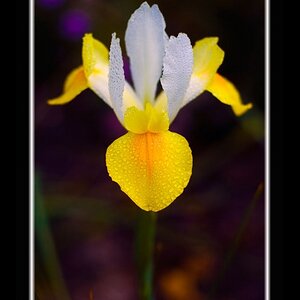
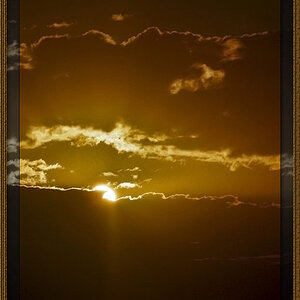
![[No title]](/data/xfmg/thumbnail/32/32003-70dfe149c27224e28ba98e975984e01e.jpg?1619735147)
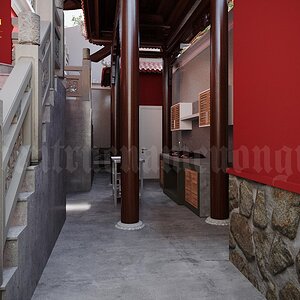
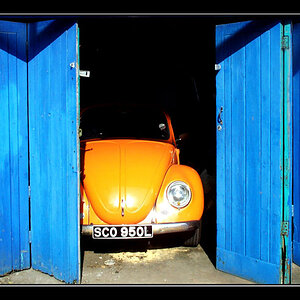
![[No title]](/data/xfmg/thumbnail/42/42230-fa8ace50a80342c7d91db1431f911bab.jpg?1619740048)
